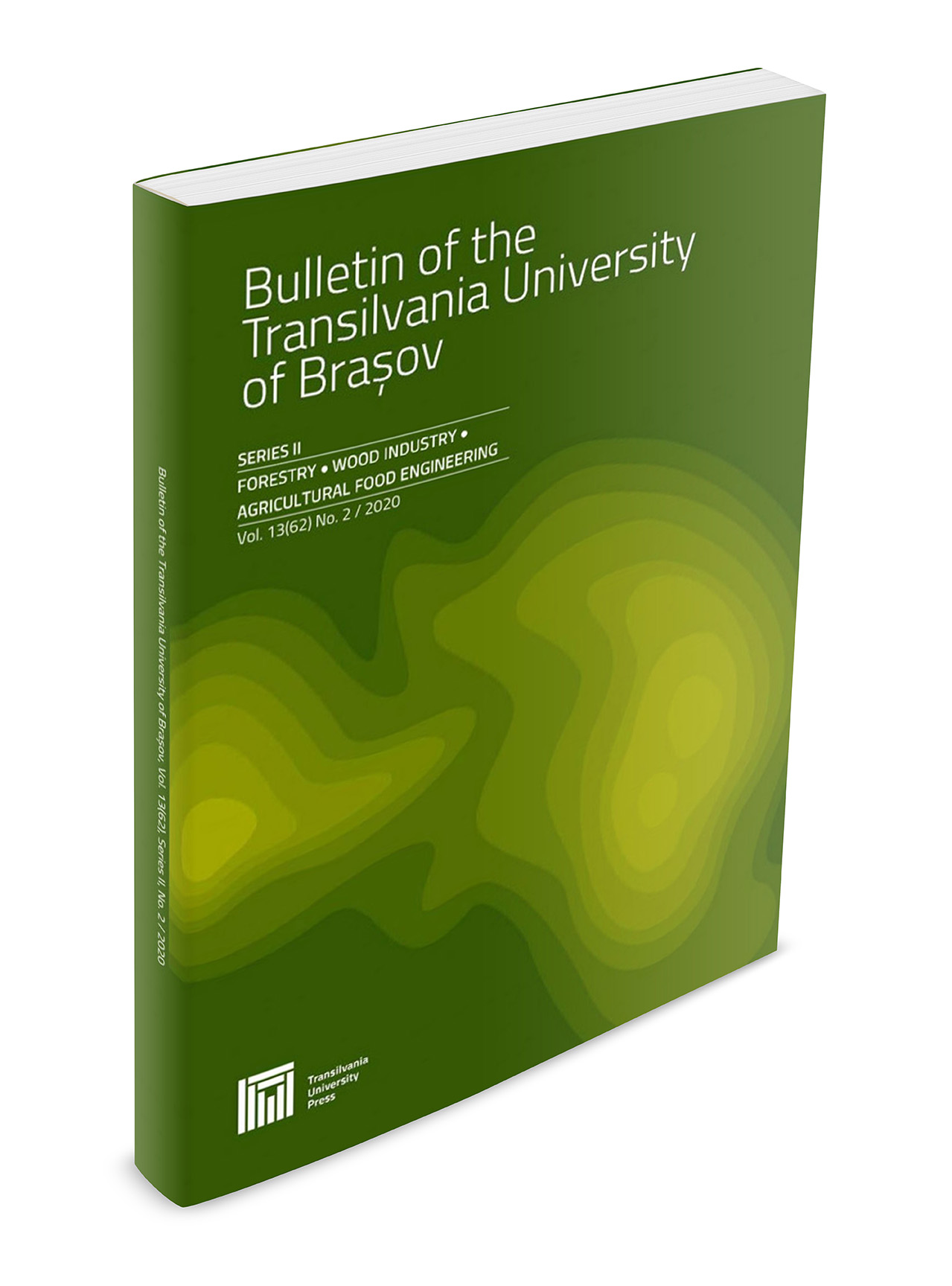Leucojum vernum in Intorsurii Mountains (South- Eastern Carpathians)
DOI:
https://doi.org/10.31926/but.fwiafe.2024.17.66.1.3Keywords:
Leucojum vernum, chorology, indicator species, IUCN criteria, vegetation mappingAbstract
This study investigates the population structure and ecology of the species Leucojum vernum (spring snowflake) in Întorsurii Mountains, South-Eastern Carpathians, where was supposed to be extinct. The research objectives were: (1) to identify the species in Popii Valley, (2) to estimate its population size, (3) to map the species extent, (4) to delineate the species ecological niche, (5) to identify and describe the vegetation types where the species grows, (6) to identify the co-occurring species as indicators of suitable habitat for L. vernum, and (7) to assess the species conservation status in Popii Valley and in Romania. Identification and description of the species population relied on an intensive survey in the whole watershed of Popii Valley. A detailed vegetation map of the Popii Valley watershed was created. For the description of the species habitat, 27 sampling plots were used. The species ecological preferences were drawn by means of the indicator species analysis, climate and geological maps. Climate suitability was checked by projecting the analyzed population in the bioclimatic envelope of L. vernum in Romania, using principal components analysis (PCA) ordination and classes of aridity index. The assessment of the conservation status followed the principles and methodological standards for monitoring protected species at the European Union and global level. In the studied area L. vernum was found in four forest associations, on moist and nutrient-rich soils. The indicator species of the suitable/unsuitable habitats were identified with the help of the phi coefficient of association between species. The population size and species habitat are in favorable conditions, although signs of bulbs collection for gardening were observed. These findings were discussed in a national and global context. An updated map for species extent in Romania was provided in order to support the assessment of the global and national IUCN category.



